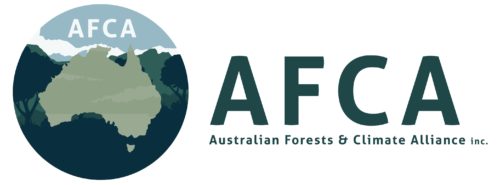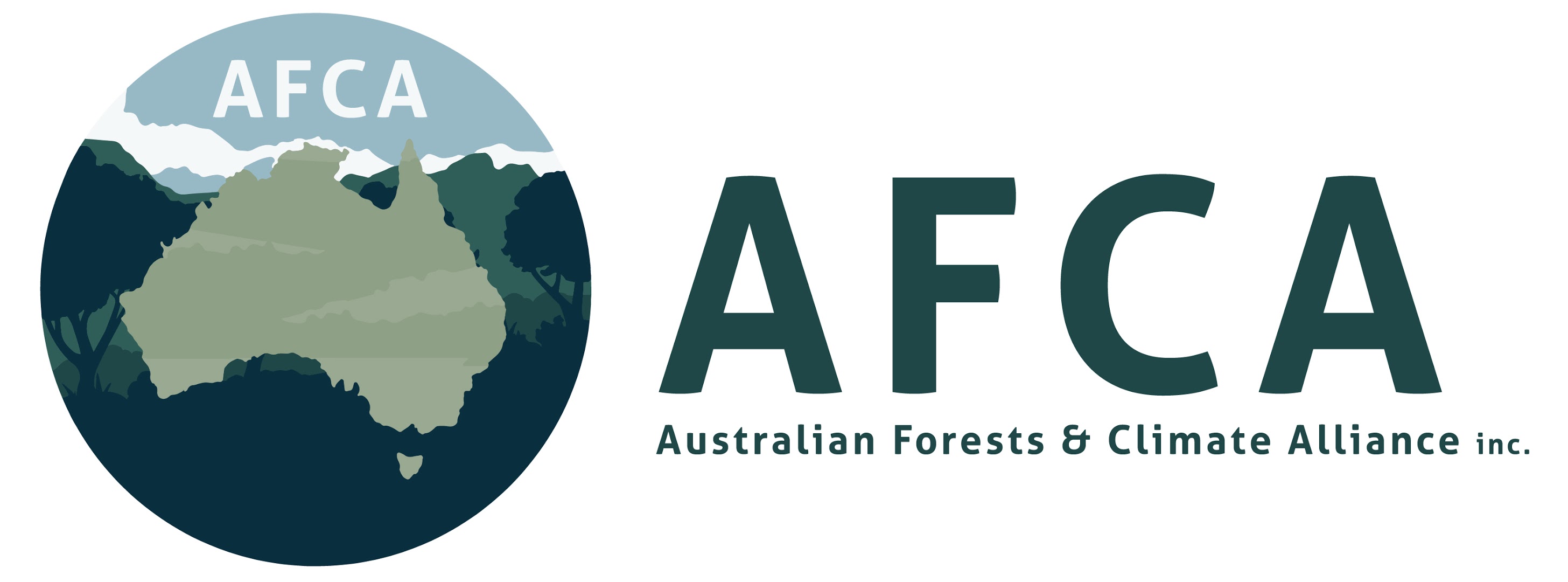 The push for forest biomass for power generation is posing massive threats to forests worldwide:
The push for forest biomass for power generation is posing massive threats to forests worldwide:
Large coal-fired power stations in the UK and Europe are now co-firing with, or converting to, forest biomass.
Large stand-alone wood-fired generators are also being constructed with forest biomass stock from wetland hardwood forests in the USA and natural forests of Canada, Russia and Africa also being targeted.
Imminent is increased forest biomass power production in Japan, Korea and China with planned supply from forests of south-east Asia, Russia and Australia. Nineteen nations representing half the world’s population announced at COP 23 that they plan to increase the use of wood to generate energy, as part of efforts to limit climate change, against scientific advice.
In Australia the Commonwealth and NSW Governments have changed legislation to allow burning of native forest wood for energy, and other states either already allow it or are moving to do so. Both Liberal and Labor parties support the COAG Forest Industry plan that includes biomass burning, derived from the Australian Forest Products Association’s ‘Key Industry Asks – Towards a National Forest Industries Plan’.
In NSW in November 2017, the Department of Industry has recently released a report suggesting that more than a million tonnes of wood from trees that would otherwise not be cut down could fuel 3 new wood-fired power stations in northern NSW, to produce electricity for 200,000 households. These same forests are part of a Global Biodiversity Hotspot and provide habitat for dozens of Rare, Threatened and Endangered species of plants and animals, such as the Koala. The climate benefit of keeping these trees, and the carbon they store, safely in the forest was not even considered. The NSW government is still pursuing the use of native forests for this purpose.
SLA is a signatory endorsing this National Position Statement: AFCA Biomass Factsheet PDF
